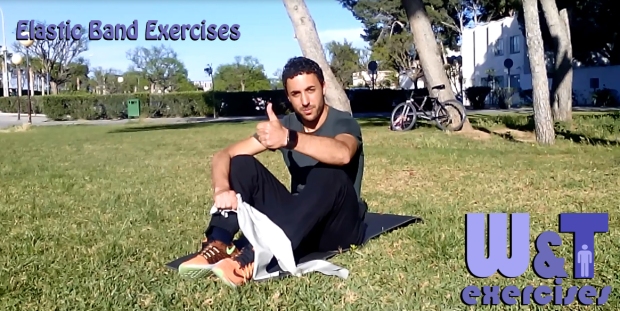Nowadays a lot of people who want to weight loss use different strategies like: different kinds of diets, do exercises, fat burners drink, etc. But this strategies can fail to be effective. And arrive at moment when despite continuing doing exercise or diet you don’t lose more weight.
That’s why you need to combine both strategies: EXERCISE and DIET.
The American College of Sports Medicine (ACSM) do a review about researches that have assessed the effects of diet alone, exercise alone and a combination of diet plus exercise on weight loss and the prevention of weight gain.
In that review they talk about the conclusions of the different papers, for example, Skender et al. who do a 2 years study said that, although their diet-plus-exercise and diet-only groups had the greatest weight loss at 1 year, the exercise group was able to maintain their weight loss at the 2-year mark, but the other groups gained weight (the diet-only group gained more weight than at base-line).
Besides other authors, reported significant weight loss in their diet-only and diet-plus-exercise groups, compared with their control and exercise only groups (Utter et al.).
More recently, intensity of exercise was  compared. Although body weight loss was equal between the low- and high-intensity exercise groups, the authors concluded that the higher intensity exercise program showed greater generalized improvements in muscle performance and physical fitness, as well as a stronger motivation for spontaneous physical activity compared with the low-intensity group.
compared. Although body weight loss was equal between the low- and high-intensity exercise groups, the authors concluded that the higher intensity exercise program showed greater generalized improvements in muscle performance and physical fitness, as well as a stronger motivation for spontaneous physical activity compared with the low-intensity group.
In addition to exercise intensity, some researches have demonstrated that exercising in multiple bouts throughout the day con be as effective for weight loss and cardiovascular benefits as exercising for one continuous bout. Exercising in multiple short bouts throughout the day may provide greater adherence for some individuals who have erratic schedules. Jakicic et al. also reported than weight loss is greatest if energy expended is more than 150 min/week.
Although exercise alone does not provide the greatest weight loss over time, it does appear that exercise prevents weight gain and result in modest levels of weight loss. Nonetheless, with consistent exercise, the weight loss will be maintained. However, combined with a lower energy intake, a greater weight loss will be achieved. Furthermore, whit greater intensity exercise, greater improvements in physical fitness are observed. If weight loss or prevention of weight gain is the key, then the intensity of physical activity is not as important. However, if greater spontaneous exercise and, hence, greater energy expenditure will occur with higher intensity exercise (and perhaps with multiple bouts of exercise), then these may be other motivational tools used with some individuals.
In the most basic sense, people need to get moving throughout their day, and the more minutes they are active, the more likely they will lose weight or prevent weight gain. The level of intensity and type of exercise need to be individualized based on the goals of particular clients, their likes and dislikes, and their overall health.

Effects of diet and exercise on weight loss
Skender ML, Goodrick KG, Del Junco DJ, et al: Comparison of 2-year weight loss trends in behavioral treatments of obesity: Diet, exercise, and combination interventions. J Am Dietetic Assoc 4:342-346, 1996.
Utter AC, Nierman DC, ShannonhouseEM, et al: Influence of diet and/or exercise on body composition and cardiorespiratory fitness in obese women. Int J Sport Nutr 8:213-222, 1998.














 compared. Although body weight loss was equal between the low- and high-intensity exercise groups, the authors concluded that the higher intensity exercise program showed greater generalized improvements in muscle performance and physical fitness, as well as a stronger motivation for spontaneous physical activity compared with the low-intensity group.
compared. Although body weight loss was equal between the low- and high-intensity exercise groups, the authors concluded that the higher intensity exercise program showed greater generalized improvements in muscle performance and physical fitness, as well as a stronger motivation for spontaneous physical activity compared with the low-intensity group.

